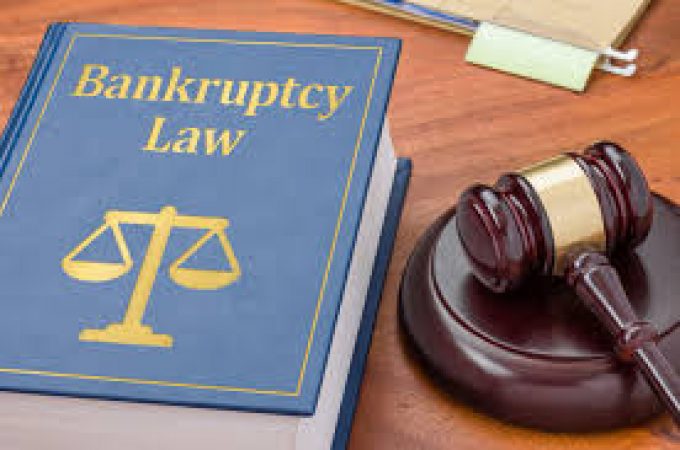Bankruptcy may be a lifeline for someone or some company that is drowning in debt; it allows them to settle their debts with creditors and start over. Bankruptcy provides a method for creditors to recover the debts that they may otherwise have to write off.
Bankruptcy clears most of your debts but the following are not cleared by bankruptcy:
- Student loans
- Governmental loans or debts (taxes, fines, or penalties)
- Reaffirmed debt (when you agree to the conditions of an existing loan again)
- child support and alimony
You shouldn’t file for bankruptcy if those are your only debts.
Types of bankruptcies:
Even though eliminating debt is bankruptcy’s primary objective, not all bankruptcies are the same. There are six distinct categories of bankruptcy represented by different chapters, i.e. Chapter 7, 9,11,12,13 and 15. Chapters 7 and 13 are the most common bankruptcies so we will dive deep into the details, so you can choose the best chapter for you.
Chapter 7 bankruptcy:
Among all the chapters, chapter 7 is the most common chapter which is widely used. Over 96% of Chapter 7 bankruptcy cases are regarded as “no-asset” cases: The court-appointed trustee cannot take and sell the filer’s property because it doesn’t enough equity to satisfy creditors.
There is no chance of keeping your non-exempt property; however, you can keep your exempt property that is necessary for your daily needs. Chapter 7 bankruptcy usually takes four to six months; you’ll likely come out of it with almost all of the debts completely erased. There will still be some unsecured debts mentioned above that will not be erased and the filer has to pay them. After the deadline has passed, you can file for bankruptcy again if Chapter 7 doesn’t work out. If you are going to choose chapter 7 bankruptcy after reading this then be sure to compare the advantages and disadvantages of chapter 7 bankruptcy with those of chapter 13 bankruptcy to determine which best suits your needs.
Chapter 13 bankruptcy:
While Chapter 7 bankruptcy frequently results in debt forgiveness, Chapter 13 bankruptcy essentially reorganizes your debt. You can settle all of your secured debt as well as a part of your unsecured debt over the course of three to five years if the court authorizes a monthly payment schedule. Your monthly payments are determined by your income and debt load. However, the court also has the authority to place you on a tight spending plan and audit all of your purchases. This may sound very strict but it helps a great deal.
In contrast to Chapter 7, this type of bankruptcy enables you to preserve your assets and make up any unavoidable debt. Additionally, Chapter 13 might prevent foreclosure by providing you more time to pay your mortgage.
Anyone who has secured debt that is less than $1,257,850.3 and an unsecured debt that is less than $419,275 may petition for Chapter 13 bankruptcy. Additionally, you should be aware that a Chapter 13 bankruptcy remains on your credit record for seven years and that you cannot apply for one until two years have passed.
If you are going to choose any of the bankruptcy then you should hire a bankruptcy lawyer in Anthem, Arizona. A bankruptcy lawyer can handle all the legal proceedings for you and suggest the most beneficial chapter that you can choose and settle your debt.


